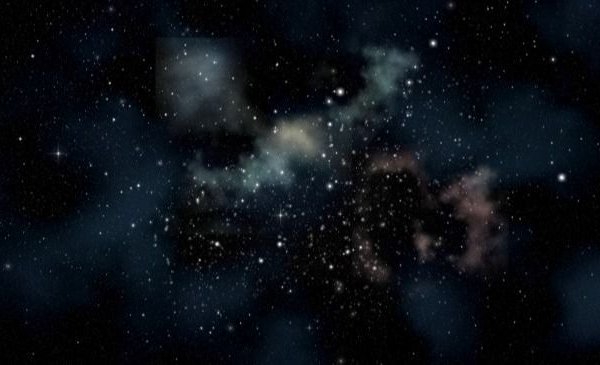Science advances in its search for life outside the solar system

Looking for traces of life on Mars, as NASA is currently doing, is one thing. But scientists are looking further: Is it possible to find life outside our solar system?
A study published Thursday in the journal Science, Reveals the discovery of a new exoplanet that appears to be an ideal candidate for the search for an Earth-like atmosphere. If so, we could find traces of life on another planet orbiting a star other than our own sun.
“The ultimate goal is to find biomarkers or biomarkers in the atmosphere of exoplanets, which are signs of life on habitable planets like Earth,” said Jose A. Caballero, an astronomer at the Center for Astrobiology and one of the study’s authors. AFP. , To which researchers from five continents have contributed.
In the past 25 years, about 4,000 exoplanets have been discovered, and some have already revealed that they have an atmosphere. These are “large gas or icy planets,” Caballero says. These investigations “have not yet been conducted on Earth-sized planets.”
With their discovery, the researchers opened the possibility of studying an exoplanet “as rocky as Earth”, which could have a similar atmosphere, the expert says.
26 light years away
What is called that exoplanet? Glies 486 B. It is 30% larger than Earth, but 2.8 times heavier.
It is located 26 light-years from Earth, making it the third closest known exoplanet to transient, that is, on a visible path past its star.
To identify it, the researchers used two different methods: observing the change in the light emitted by the star as the planet passes in front of it, and the radial velocity, which measures the star’s vibrations under the influence of the planet’s gravity.
Because Gliese 486 b is so close to its star, it takes less than 1.5 days to complete its orbit. The star (called Gliese 486) is also very bright. These two factors made it possible to obtain a lot of data and thus to conduct a study with such precision.
“Start with something”
Also, the proximity of this exoplanet to its star makes it extremely hot (at least 430 degrees Celsius). Trifonov describes that it is “extracted from volcanoes and lava rivers.” Therefore, “it is uninhabitable.”
However, if this planet “had an atmosphere, then any planet far (from the star) with similar properties would have an atmosphere and would likely be habitable,” Caballero explains. , It wouldn’t be possessed by other planets in orbit either.
These planets are difficult to detect: being further away from their star, they pass in front of them less frequently. “We have to start somewhere,” Caballero explained.
“Gliese 486 b is a wonderful discovery, which will likely become a“ Rosetta Stone ”for aerial investigations of rocky exoplanets,” sums up Trifon Trifunov, a researcher at the German Max Planck Institute for Astronomy and lead author of the study.
The world is looking forward to the deployment of the long-awaited James Webb Space Telescope scheduled for this year. Thanks to him, it will be possible to find out – in at least three years – whether this exoplanet has an atmosphere or not, and what its composition is.
Then, perhaps, “in a decade or two,” she discovers the traces of life in one of her twins, Caballero.
France Press agency

“Award-winning zombie scholar. Music practitioner. Food expert. Troublemaker.”


/cloudfront-eu-central-1.images.arcpublishing.com/prisa/AHVYMMDSTZDTDBFNZ3LMFUOKNE.jpg)








